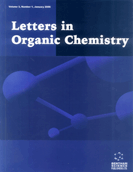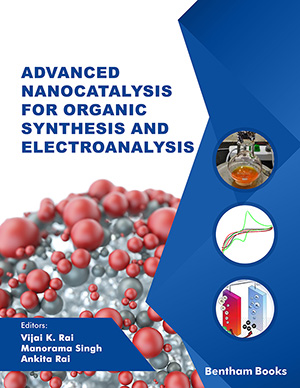Abstract
Hypoxylon sp. was used to ferment at 25°C for 45 days. The solid culture of Hypoxylon sp. was extracted with 75% EtOH under ultrasonic for twice. And the dried combined extracts were then suspended in H2O and partitioned with ethyl acetate. EtOAc extracts were subjected to a silica gel column and eluted with petroleum ether - acetone to afford seven fractions. Sephadex LH-20 and RPHPLC were used subsequently to yield a novel xanthone metabolite (Hypoxylon xanthone A). Its structure was elucidated based on HR-ESI-MS, 1D-, 2D-NMR spectra, and the comparison of the experimental and calculated ECD spectra. The anti-neuroinflammatory assay of Hypoxylon xanthone A, as manifested by the inhibitory effect on LPS-induced NO production in BV-2 microglial cells, indicated almost the same inhibitory effect as minocycline in a dose-dependent manner within the concentration of 1-50 μM, suggesting that Hypoxylon xanthone A could be a new potential neuroinflammation inhibitor.
Keywords: Soil fungus Hypoxylon sp., metabolite, NMR spectrum, ECD, chemical constituent, anti-neuroinflammatory.
[http://dx.doi.org/10.1016/j.bmcl.2014.11.015] [PMID: 25466192]
[http://dx.doi.org/10.1007/s11910-017-0733-2] [PMID: 28283959]
[http://dx.doi.org/10.1016/j.jalz.2016.02.010] [PMID: 27179961]
[PMID: 29329647]
[http://dx.doi.org/10.1016/S1875-5364(18)30064-5] [PMID: 29860993]
[http://dx.doi.org/10.1080/10286020.2016.1275584] [PMID: 28671852]
[http://dx.doi.org/10.7314/APJCP.2016.17.4.2083] [PMID: 27221899]
[http://dx.doi.org/10.3389/fmicb.2016.01004] [PMID: 27446043]
[http://dx.doi.org/10.1002/mrc.4429] [PMID: 27028453]
[http://dx.doi.org/10.1007/s00248-010-9759-6] [PMID: 20953951]
[http://dx.doi.org/10.1080/10286020.2018.1485662] [PMID: 30001634]
[http://dx.doi.org/10.1074/jbc.M114.636159] [PMID: 25648891]
[http://dx.doi.org/10.1016/j.pnpbp.2006.05.006] [PMID: 16806626]

























